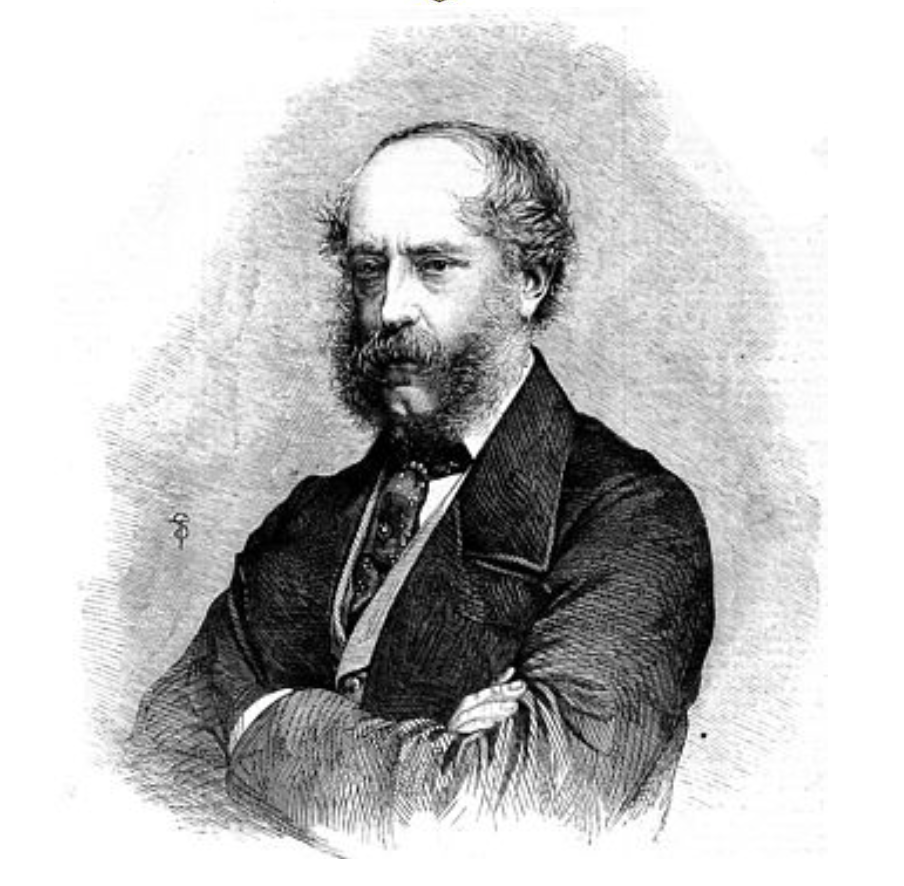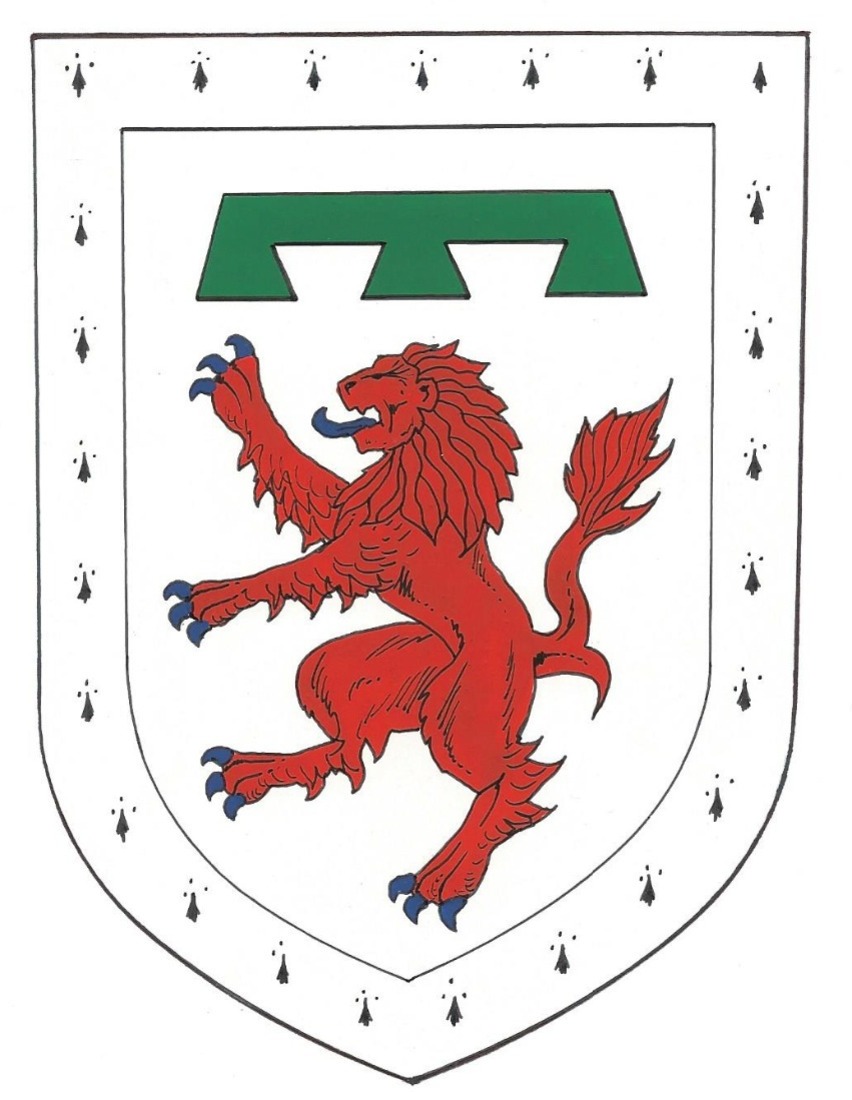Archibald Montgomery of Eglinton and Winton
Sovereign Grand Commander 1838-1862


Archibald, William, Montgomery.13th Earl of Eglinton and 5th (Ist) Earl of Winton 2nd Baron Ardrossan of Ardrossan, Baron Seton and Tranet, 14th Lord Montgomerie, was born in Palermo, Sicily in 1812. He was the second son of Major General Archibald Montgomery who was a diplomat at the court of the King of Sicily and Lady Mary Montgomery, daughter of General Archibald Montgomery, 11th Earl of Eglinton. His father died at Alicante in January 1814 and his mother became the wife of Sir Clark Montolieu Lamb Bart in 1815. The 12th Earl was against his daughter in- laws marriage to Lamb and in retaliation took away the guardianship of the two boys and brought them up in Eglinton Castle. The eldest boy, Hugh died in 1817 of croup and Archibald was initially educated at the castle, then at a private school in Mitcham Surrey and finally at Eton College (1825-28). Archibald succeeded to the title of 13th Earl of Eglinton upon the death of his grandfather the12th Earl on 14th December 1819 upon which his upbringing was controlled by five trustees.
In 1826 at the age of 14 he was enabled under Scottish law to take partial control of his own affairs, which he did and by 1828 having left Eton he also left Eglinton Castle to live and travel with his mother and step father, apparently spending the next five years drinking claret and indulging in debauchery and steeplechasing. However, by the time he reached twenty-one years of age he seems to have settled down somewhat and returned to Eglinton Castle. This earl became widely known when aged twenty-six he organised the ill-fated Eglinton Tournament which took place at Eglinton Castle in 1839 and reputedly cost him £30-40,000.
The tournament, banquet and ball, which was in many respects a response to the Whig Governments omission for economic reasons of some traditional ceremonies from Queen Victoria’s coronation, resulting in it becoming known as “the penny coronation,” was initially a sensation attracting a gathering of over 100,000 people. It was organised in the style of a medieval tournament with participants and guests dressing in medieval costume. Lord Eglinton as Lord of the Tournament was dressed in gold armour, (a painting of him in this armour hangs in the Victoria and Albert Museum) his step father was Knight Marshall of the Lists and his half-brother Charles, Knight of the White Rose. Two of the esquires a G Dundas and Sir David Dundas were from a family whose descendant later became SGC of the Order of the Fleur de Lys and who you will meet later. The tournament itself included processions, competitions and knightly jousting in which the knights “broke their spears in the orthodox way,” the participants having attended many practise sessions in the twelve months prior to the event. To convey his guests over the River Lugton to his castle, Archibald built an ornamental “Tournament Bridge” which can still be seen today in Eglinton Country Park.
Among those taking part was Prince Louis Napoleon III, another future Sovereign Grand Commander of our Order and as Queen of Beauty, Lady Seymour, granddaughter of the playwright Richard Brinsley Sheridan and wife of Lord Seymour who became the 12th Duke of Somerset. Unfortunately, this event was not a success, mainly due to the extremely bad weather with torrential rain almost hampering the entire proceedings, causing it to be postponed for several days and damaging the tented pavilions, as a result of which the Earl was ridiculed, particularly in the press. However, posterity has been kinder to him and many historians nowadays claim that despite the problems and initial reactions it had the effect of inspiring the Victorians in art and literature. This event was described in Benjamin Disraeli’s book ENDYMION and was held in the year the Order became known as the Order of the Fleur de Lys and the statutes rewritten.
Lord Eglinton`s main interest for many years was horse racing and at one time he had the largest and best stud in the country. He was elected to the Jockey Club in 1838 and helped establish organised steeplechasing in England. His own horses were successful, winning the St. Leger Stakes with Blue Bonnet in 1842 and with Van Trump in 1847 and both the Epsom Derby and the St Leger with the Flying Dutchman in 1849. A special event was held at the York Spring Meeting where Lord Archibald Eglintons Flying Dutchman won a race against Lord Zetland`s Voltigeur. A painting of the Earl on his horse Emerald and another of the Earl as a boy on horseback is on view in Upton House, Warwick*
Archibald a staunch Tory, took his seat in the House of Lords as Baron Ardrossan in May 1834 (the same year he presided over the commemoration of the poet Robert Burns in Ayr) and became Colonel of the Ayrshire Militia from 1836 to 1852. He was appointed Lord Lieutenant and Sheriff Principal of Ayrshire in August 1842, a position he held until his death. He was made one of the whips of the protection party of the House of Lords in 1846 and upon the formation of Lord Derby`s first administration was appointed lord lieutenant of Ireland and a member of the Privy Council in February 1852 retiring from those offices in December of the same year. During this term in office he became one of the most popular Irish Viceroys.
In June of the following year he attended at Buckingham Palace where he was invested into the Order of the Thistle by Queen Victoria. From 1851 to 1853 he was Lord Rector of Marischal College at Aberdeen University and Dean of Faculties 1847 to 1849 as well as Rector of Glasgow University from 1852 to 1854 defeating the Duke of Argyll in the rectorial election in1852 and Alfred, Lord Tennyson a year later. The Eglinton fellowship which was named for him is still awarded. In 1853 he was created D.C.L. of Oxford University† and President of the Association of Vindication of Scottish Rights.
On Lord Derby`s return to power February 1858 he was again appointed lord lieutenant of Ireland and along with his colleagues in office resigned in June 1859, following which he was created Earl of Winton This title had previously been held by his relations the Setons from 1600 to 1716 when George Seton the 5th Earl lost all the family honours being found guilty of high treason for his involvement in the 1715uprising. Archibald therefore became the first Earl of Winton in the second creation and the fifth from the first creation.
Archibald’s first wife was Theresa Howe Cockerell, born in Calcutta India and the widow of Captain Richard Howe Cockerell and the illegitimate daughter (out of eight children) of Thomas 2nd Viscount Newcomen by his long-term mistress Harriet Holland. According to the entry in the Oxford Dictionary of National Biography (ODNB), he called this marriage “the great and most important error of my life.” Nevertheless, this union produced three sons the eldest of whom also called Archibald succeeded him as the 14th Earl and a daughter; his step daughter Anna Theresa Cockerell went on to marry Charles Chetwynd-Talbot, 19th Earl of Shrewsbury. Archibald’s second wife the Hon. Lady Adela Caroline Harriett daughter of Archibald Capell, 6th Earl of Essex produced two children very quickly, they were married in 1851 and she died in 1853.
Archibald died of apoplexy at Mount Melville House near St. Andrews the home of J. Whyte Melville in October 1861 aged 49 and was buried in the family vault at Kilwinning, Ayrshire.
Disraeli described him as “the most honest man and most straightforward I ever dealt with.” He was succeeded by his eldest son Archibald William Montgomery who became the 14th Earl and who died in 1892 aged 50.
* Another oil painting of the 13th Earl on horseback before Eglinton Castle, attributed to Richard Andsell was put up for sale by Lyon and Turnbull of Edinburgh in October 2012 estimated price between £6000 and £8000.
†D.C.L. is a higher Doctorate of Civil Law, usually bestowed on chancellors of universities, heads of state etc for significant political or legal contributions. It is also given in some universities as an honorary degree.

























